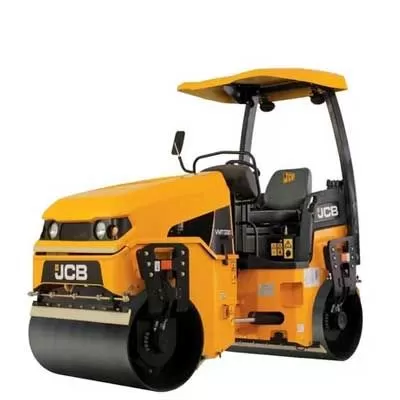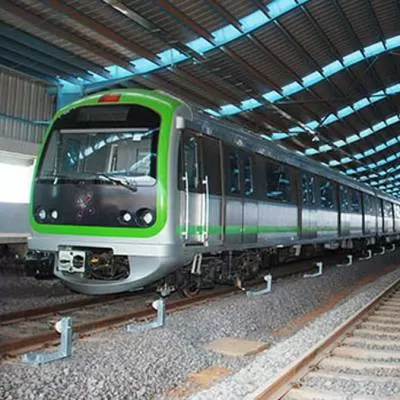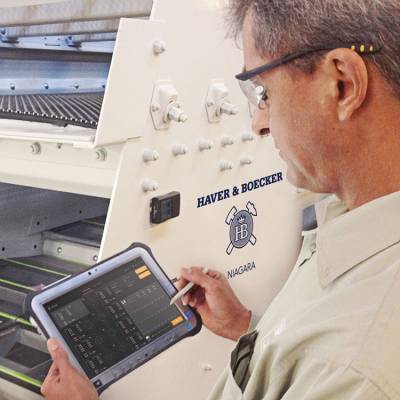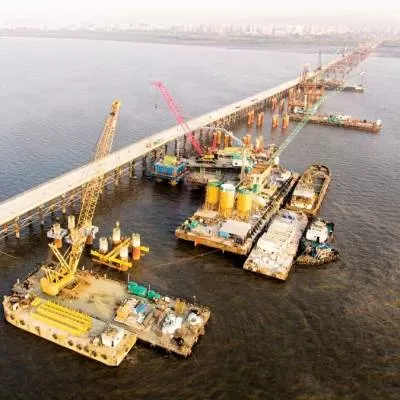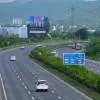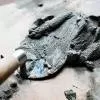
Here are five problem areas that can damage a newly built property from within
Countries world over have addressed the issue of increase in demand of housing by application of sustainable innovation, advanced technology, better quality of raw materials and skilled labour. One such example is Singapore. After 1959, this country faced a serious housing shortage. Housing and Development Board (HDB) Singapore ensured the inclusion of latest planning and technological innovations, and tested new ideas constantly. Their robust technology and capacity to adapt have transformed Singapore from ‘a country of slums’ to one of the most architecturally beautiful places in the world. Whether the awesome designs or quality of construction, it has become a reference point for many contemporary urban spaces.
In India, to provide mass housing, aspects such as longevity and protection are often compromised in new constructions, leading to costly repairs of buildings within a few years of construction. Cracks, leakages, falling parapets and wet walls are some damages a major chunk of affordable housing faces within the first five years. Most repairs are faced in the area of waterproofing and cracks in the structure. Are we, then, building vertical slums?
Mumbai, in particular, is exposed to hot and humid weather along with heavy monsoons. Exposure to extreme heat and water can take its toll on a structure. The focus of construction technology, therefore, should be to protect structures from the onslaught of water and heat. Unfortunately, there is little general awareness about technologies and products that aid leak-proof and crack-proof construction. Five problem areas are widely identified as most prone to leakage, damaging a newly built property from within. These five areas are:
Terrace: Terraces and roofs have concrete slabs with water-absorbing pores. Until now, terrace waterproofing had been done with conventional brickbat coba (BBC). BBC is not elastic and therefore cracks after some time owing to thermal expansion and contraction. Redoing aged waterproofing can damage the slab. However, solutions are available for this problem area. These are systems that boast of superior performance to BBC, are much faster to execute, require less manpower, have better insulation properties, and are seamless with good waterproofing properties.
Wet areas: Using substandard material in the construction of the bathroom is the biggest source of leakages, causing internal wall dampness. This can lead to severe complications for residents and spoil the interiors of homes as well as lead to substantial hassle and repair costs. Waterproofing of bathrooms and kitchen areas prevents water leakage through the tile joints, or through the area around the floor traps, including pipes and sanitary fittings. It is important that water in these wet areas is drained out only through pipes. For this problem, multi-kit products offer all-round protection in the wet areas of the house. These are easily available in the form of one kit per bathroom and are easy to apply and cost-effective. This ready-to-use kit is a great solution to prevent leakages and dampness.
Foundation: It is important for any construction to have a strong and well-equipped foundation to deal with salt and water content in the soil. As concrete is permeable, groundwater and salt attack the concrete and can lead to corrosion of steel. To overcome this, a special tear-resistant, self-adhesive, SBS-based membrane is specially designed to protect the foundation. It offers great resistance from damage caused from ground level and below and keeps soil contamination at bay, giving the structure much-needed firm support. Further, many waterproofing systems have been designed separately for shallow or deep basements, dry or wet basements.
Podium: New-age design aesthetics and the need for open and green space have given birth to the concept of the podium. An elevated base above the basement, a podium can be used for gardening, landscaping, as a playground and for parking. To take care of these podiums, a dual-product system is available that offers the additional protection of a durable self-adhesive membrane. It is best used for waterproofing landscaped podiums. Extensa is a unique spray-applied system with complete elongation and seamless and instant setting. These products protect the structure from the dampness created by soil and prevent cracks that appear owing to the roots of certain plants.
External walls: Like the terrace and roof slabs, exterior walls too are constantly exposed to sun and rain, reducing durability. They are prone to cracks within the building, causing leakages and water penetration. In addition to climatic conditions, frames and pipes fittings on the external walls leave a lot of scope for water absorption as well as widening cracks further. Waterproofing of external walls is recommended to prevent dampness owing to water seepage and to maintain structural durability. Products are available to treat the exterior of the structure. Made of high-quality acrylic emulsion polymer in addition to other leakage-preventive products, these can be used as waterproofing and protective coating. Such products are also resistant to water, UV rays and microbes and are easy to apply and eco-friendly.
If these areas are looked after right from the foundation of a building, deterioration will be delayed. After all, prevention is always better than cure. Most important, apart from the costs, a damp and leaky structure is more susceptible to collapsing even without a flood-like situation, endangering lives.
About the author:
Dr Sanjay Bahadur is Global CEO, Construction Chemicals of Pidilite Industries Ltd.
Countries world over have addressed the issue of increase in demand of housing by application of sustainable innovation, advanced technology, better quality of raw materials and skilled labour. One such example is Singapore. After 1959, this country faced a serious housing shortage. Housing and Development Board (HDB) Singapore ensured the inclusion of latest planning and technological innovations, and tested new ideas constantly. Their robust technology and capacity to adapt have transformed Singapore from ‘a country of slums’ to one of the most architecturally beautiful places in the world. Whether the awesome designs or quality of construction, it has become a reference point for many contemporary urban spaces. In India, to provide mass housing, aspects such as longevity and protection are often compromised in new constructions, leading to costly repairs of buildings within a few years of construction. Cracks, leakages, falling parapets and wet walls are some damages a major chunk of affordable housing faces within the first five years. Most repairs are faced in the area of waterproofing and cracks in the structure. Are we, then, building vertical slums? Mumbai, in particular, is exposed to hot and humid weather along with heavy monsoons. Exposure to extreme heat and water can take its toll on a structure. The focus of construction technology, therefore, should be to protect structures from the onslaught of water and heat. Unfortunately, there is little general awareness about technologies and products that aid leak-proof and crack-proof construction. Five problem areas are widely identified as most prone to leakage, damaging a newly built property from within. These five areas are: Terrace: Terraces and roofs have concrete slabs with water-absorbing pores. Until now, terrace waterproofing had been done with conventional brickbat coba (BBC). BBC is not elastic and therefore cracks after some time owing to thermal expansion and contraction. Redoing aged waterproofing can damage the slab. However, solutions are available for this problem area. These are systems that boast of superior performance to BBC, are much faster to execute, require less manpower, have better insulation properties, and are seamless with good waterproofing properties. Wet areas: Using substandard material in the construction of the bathroom is the biggest source of leakages, causing internal wall dampness. This can lead to severe complications for residents and spoil the interiors of homes as well as lead to substantial hassle and repair costs. Waterproofing of bathrooms and kitchen areas prevents water leakage through the tile joints, or through the area around the floor traps, including pipes and sanitary fittings. It is important that water in these wet areas is drained out only through pipes. For this problem, multi-kit products offer all-round protection in the wet areas of the house. These are easily available in the form of one kit per bathroom and are easy to apply and cost-effective. This ready-to-use kit is a great solution to prevent leakages and dampness. Foundation: It is important for any construction to have a strong and well-equipped foundation to deal with salt and water content in the soil. As concrete is permeable, groundwater and salt attack the concrete and can lead to corrosion of steel. To overcome this, a special tear-resistant, self-adhesive, SBS-based membrane is specially designed to protect the foundation. It offers great resistance from damage caused from ground level and below and keeps soil contamination at bay, giving the structure much-needed firm support. Further, many waterproofing systems have been designed separately for shallow or deep basements, dry or wet basements. Podium: New-age design aesthetics and the need for open and green space have given birth to the concept of the podium. An elevated base above the basement, a podium can be used for gardening, landscaping, as a playground and for parking. To take care of these podiums, a dual-product system is available that offers the additional protection of a durable self-adhesive membrane. It is best used for waterproofing landscaped podiums. Extensa is a unique spray-applied system with complete elongation and seamless and instant setting. These products protect the structure from the dampness created by soil and prevent cracks that appear owing to the roots of certain plants. External walls: Like the terrace and roof slabs, exterior walls too are constantly exposed to sun and rain, reducing durability. They are prone to cracks within the building, causing leakages and water penetration. In addition to climatic conditions, frames and pipes fittings on the external walls leave a lot of scope for water absorption as well as widening cracks further. Waterproofing of external walls is recommended to prevent dampness owing to water seepage and to maintain structural durability. Products are available to treat the exterior of the structure. Made of high-quality acrylic emulsion polymer in addition to other leakage-preventive products, these can be used as waterproofing and protective coating. Such products are also resistant to water, UV rays and microbes and are easy to apply and eco-friendly. If these areas are looked after right from the foundation of a building, deterioration will be delayed. After all, prevention is always better than cure. Most important, apart from the costs, a damp and leaky structure is more susceptible to collapsing even without a flood-like situation, endangering lives. About the author: Dr Sanjay Bahadur is Global CEO, Construction Chemicals of Pidilite Industries Ltd.



